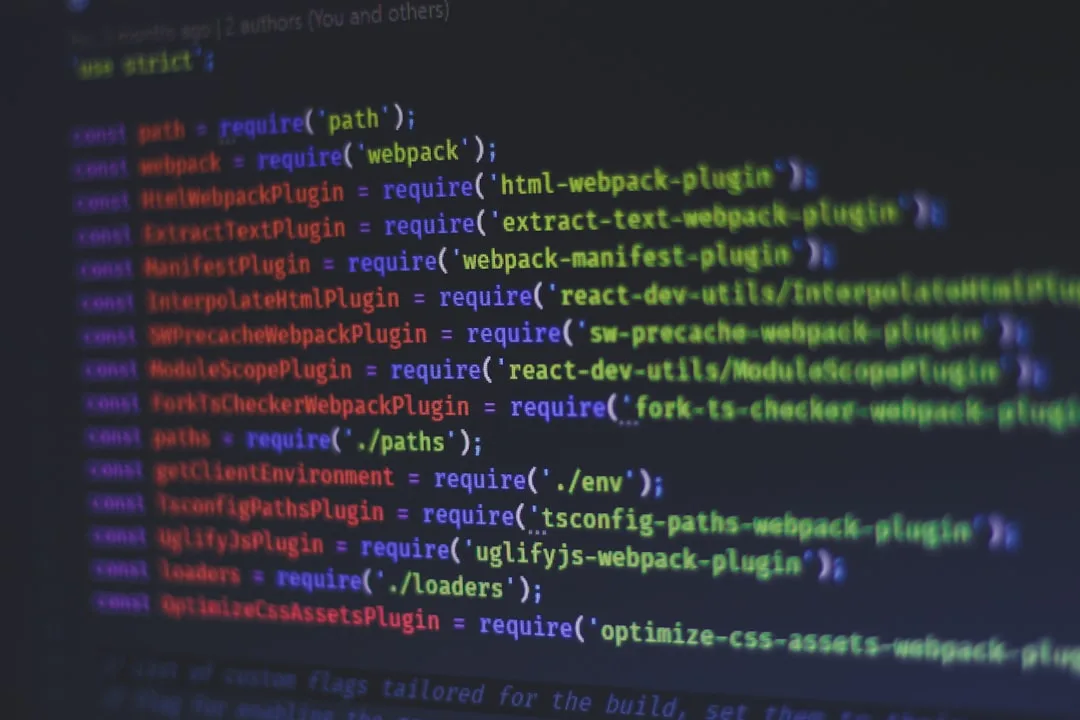Unlock Efficiency with Low-Code: Transform Development Today
In today’s fast-paced digital landscape, startups and solopreneurs are constantly seeking ways to develop their products faster and more cost-effectively. Enter low-code platforms — a revolution in software development that promises to democratize app creation. By enabling non-developers to build sophisticated applications with minimal coding, these platforms are transforming the way we approach technology. Let’s dive into the specifics of how low-code can solve real-world challenges, explore some popular platforms, and offer actionable tips for success.
📦 Real Challenge Solved by Low-Code
Startups often face significant hurdles in development: high costs, extended timelines, and the need to pivot quickly based on market feedback. Building a Minimum Viable Product (MVP) can be a daunting task requiring substantial resources. Low-code platforms address these issues head-on by reducing the need for a large team of developers, shortening the development cycle, and making it easier to iterate on existing products.
Case Study: From Idea to MVP in Weeks
Consider a startup aiming to develop a SaaS tool for project management. Traditionally, this would involve hiring a team of developers, designers, and testers, which could cost upwards of $100,000 and take several months. By leveraging a low-code platform like Bubble, the startup can create an MVP at a fraction of the cost and within weeks instead of months. Bubble’s drag-and-drop interface allows even those with minimal technical skills to design and launch a functional product, enabling the startup to test their market fit quickly and efficiently.
🛠️ Platform Walkthrough
Bubble
Bubble is renowned for its user-friendly interface and powerful capabilities. It’s ideal for startups and non-developers looking to create complex web applications without writing extensive code. Here’s a quick walkthrough on how to get started with Bubble:
-
Sign Up and Choose a Template: Bubble offers a variety of pre-built templates to kickstart your project. Choose one that aligns closely with your vision.
-
Design Your App: Use Bubble’s visual editor to drag and drop elements, such as buttons, forms, and text, onto your app’s interface. Customize the look and feel to match your brand identity.
-
Set Up Workflows: Define the logic of your application by creating workflows. For instance, you can set conditions for when a button click should trigger an email notification.
-
Integrate Plugins: Enhance your app by integrating third-party services and plugins. Bubble supports numerous plugins for payment gateways, social media logins, and more.
-
Launch and Iterate: Once your MVP is ready, deploy it to Bubble’s cloud infrastructure. Gather user feedback and iterate on your design and functionality.
Softr
Softr is another excellent platform for building applications with Airtable as the backend. It’s perfect for solopreneurs who need to develop web apps quickly:
-
Connect Airtable: Start by linking your Airtable base to Softr. This will serve as your app’s database.
-
Choose a Template: Select a template that fits your project, such as a membership site or an online marketplace.
-
Customize Your App: Use Softr’s modules to customize your app’s layout and features. You can add user authentication, payment systems, and more with ease.
-
Deploy: With one click, deploy your app to the web. Softr handles hosting and scalability, so you can focus on building.
🎯 What Worked, What Didn’t, Tips for Success
What Worked:
- Rapid Prototyping: Low-code platforms like Bubble and Softr enable rapid prototyping, allowing startups to validate ideas quickly.
- Cost Savings: By reducing the need for extensive coding, these platforms lower development costs significantly.
- Scalability: Many low-code platforms offer scalable solutions, ensuring that your app can grow alongside your business.
What Didn’t:
- Complex Customization: For highly customized or resource-intensive applications, low-code platforms may fall short. In such cases, a hybrid approach combining low-code with traditional development might be necessary.
- Performance: Some users report performance issues with complex applications. It’s crucial to test your app thoroughly to ensure it meets your performance standards.
Tips for Success:
- Start Small: Begin with a small project to familiarize yourself with the platform’s capabilities and limits.
- Leverage Community Support: Engage with platform communities for support and inspiration. Many platforms have active forums and user groups.
- Iterate Based on Feedback: Use user feedback to guide your development process. Low-code platforms make it easy to implement changes quickly.
✅ Use-Case Checklists
- Launch an MVP: Validate your business idea without a hefty upfront investment.
- Internal Tools: Create custom internal tools to improve productivity within your organization.
- Customer Portals: Build customer-facing portals to enhance user engagement and satisfaction.
🔗 Automation-Related RuntimeRebel Content
For those interested in further enhancing their low-code projects with automation, explore our guide on integrating automation tools to streamline workflows and boost efficiency.
⚡ TL;DR Summary
- Platform Worth Trying: Bubble for its robust capabilities and ease of use.
- Gotcha to Avoid: Beware of performance issues in highly complex apps.
- Cost-Saving Tip: Start with a low-code platform for MVPs to save on initial development costs.
💡 Expert Insight
The convergence of low-code and AI is an exciting frontier. While some developers remain skeptical, fearing a reduction in demand for traditional coding skills, others see it as an opportunity to focus on more strategic and creative tasks. AI-powered features in low-code platforms could automate routine coding tasks, further enhancing productivity and innovation.
👉 What to Do Next
Ready to explore more tools for startup success? Check out our startup toolkit for a comprehensive comparison of the best platforms available today. Dive into the world of low-code and transform your development process!


